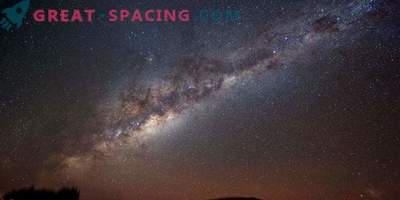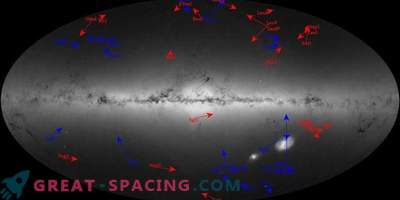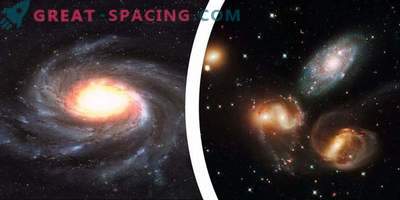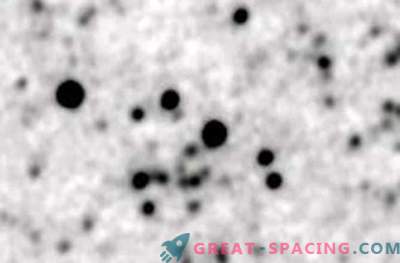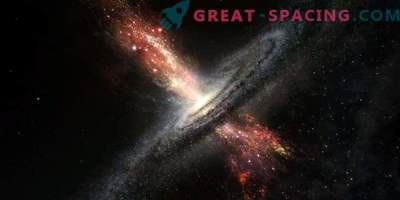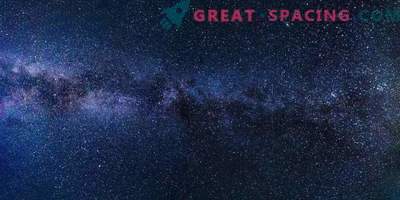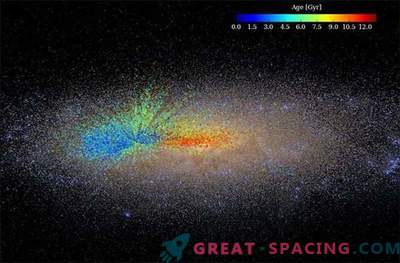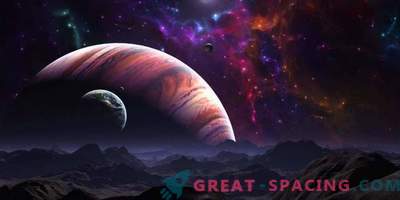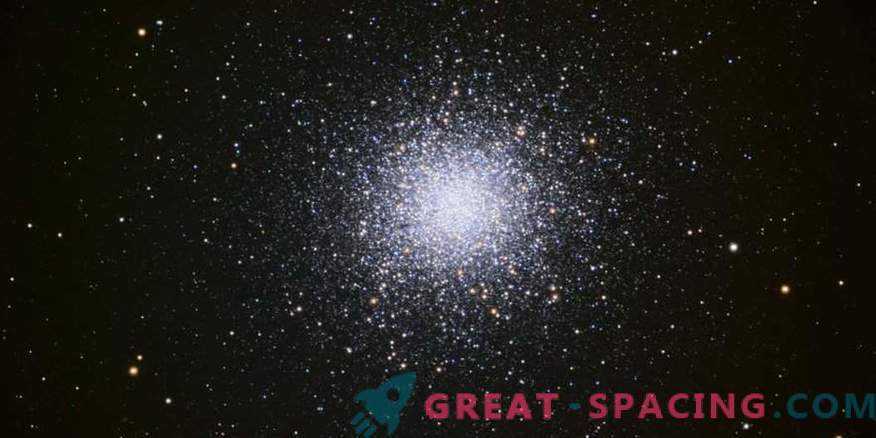
The Milky Way Galaxy has sheltered a host of star clusters of various ages and sizes. It is possible to find a large number of young clusters in molecular clouds, as well as less than middle and older in the galactic disk. Very few massive ancient clusters can be fixed in the halo.
They all obey tidal forces along their own orbital paths in the galaxy. In the presence of a large time reserve, the galactic gravitational forces break up the clusters into parts, scattering the stars into the star strip of the Milky Way known to us.
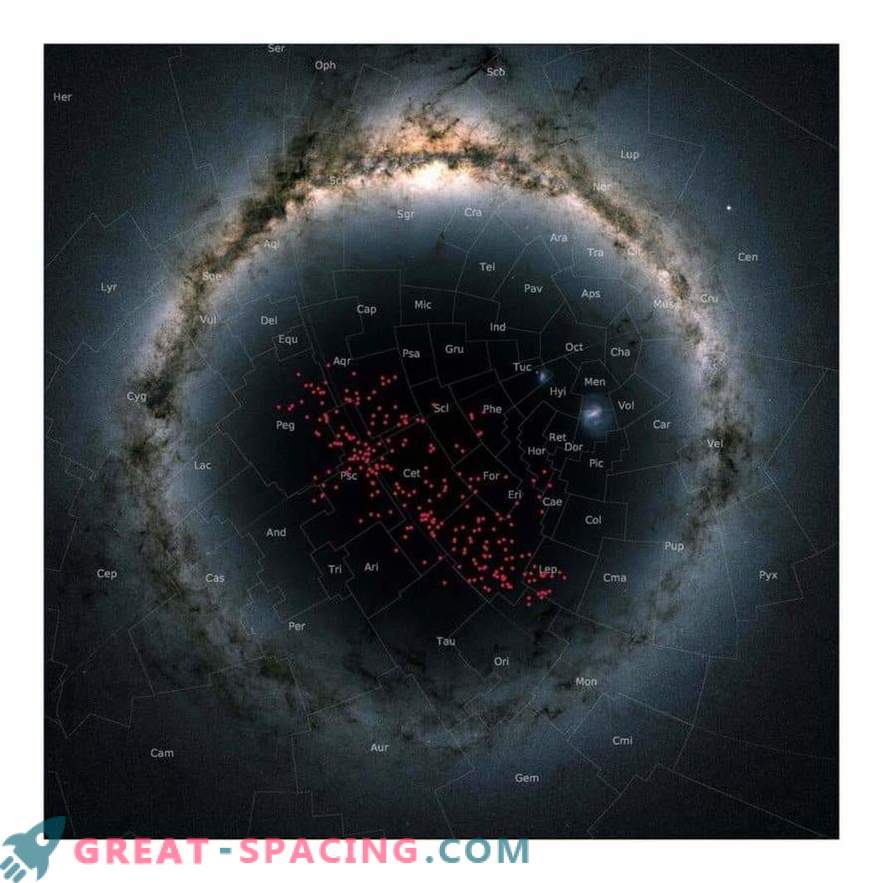
The night sky is centered on the south pole of the galaxy in stereographic projection. In this view, the Milky Way is curving in an arc. Stars in the stream are displayed in red and cover almost the entire southern galactic hemisphere, crossing many constellations
The measurement accuracy of the Gaia satellite allowed us to determine the three-dimensional motion of stars in outer space. Having carefully studied the distribution of neighboring stars moving together, the scientists immediately came across a specific and still unexplored group. She showed exactly the expected characteristics of a cluster of stars born together, but stretched under the influence of the galactic gravitational field. It is important to understand that finding the nearest disk streams is a difficult task. Researchers studied the stream for a long time, looked through it and examined how it covers most of the sky. Only now we can confidently say that it exists and is located at an incredibly close distance to the Sun.
The limitations of Gaia led to a sample of 200 stars, but scientists believe that there are more than 4,000 sources in the stream. So, we have a massive structure, whose age is about a billion years. The stream managed to complete 4 full orbital rotations around the galactic center.
The detected star system can be used as a valuable gravity probe to determine the mass of the Milky Way. The flow is able to tell how galaxies create stars, and will check the gravitational field. The team of scientists hopes that the Gaia data will make it possible to find even more such structures.

